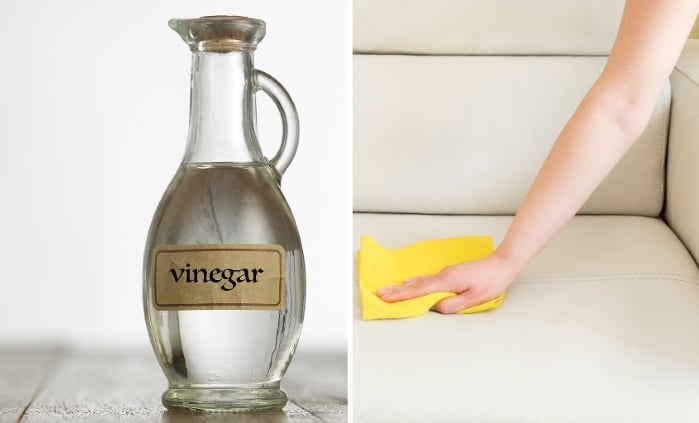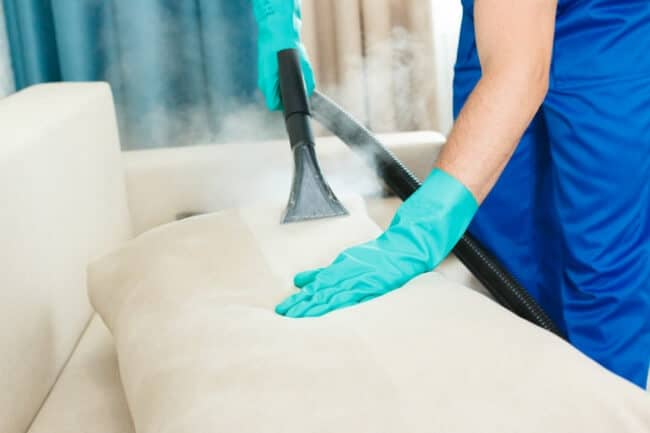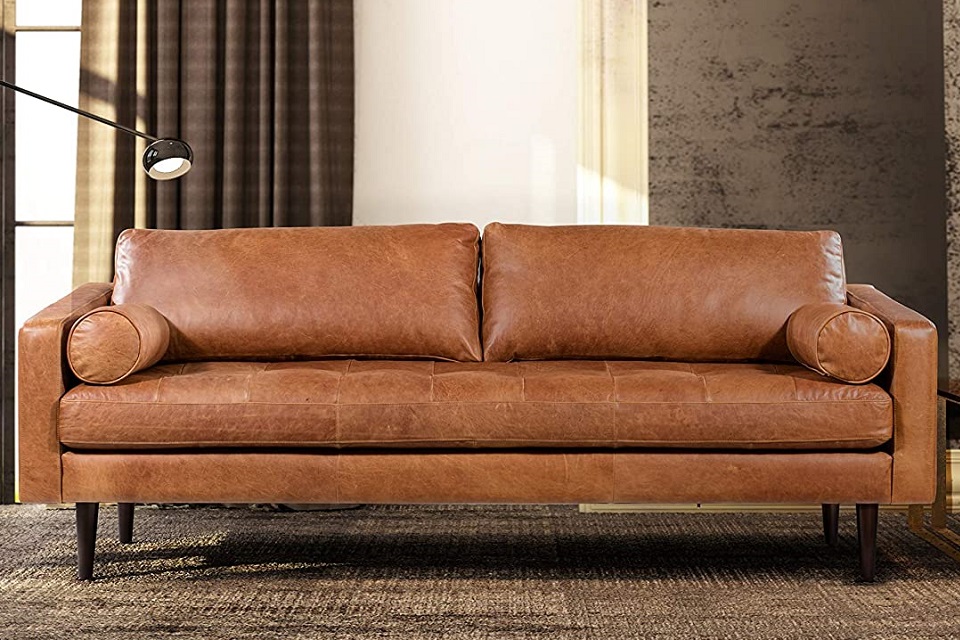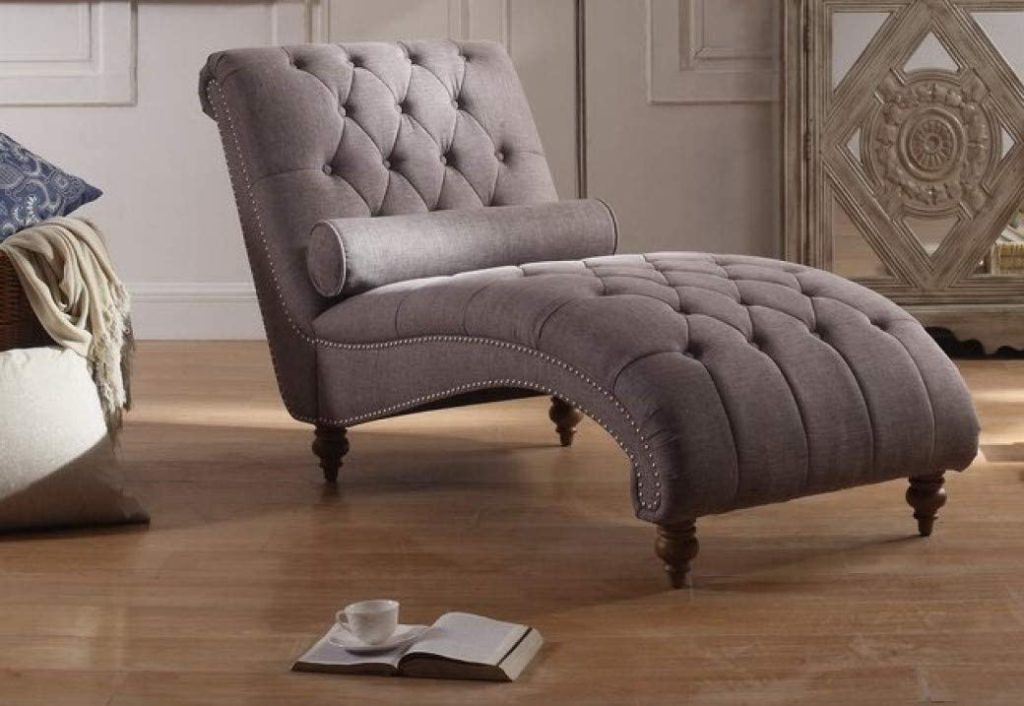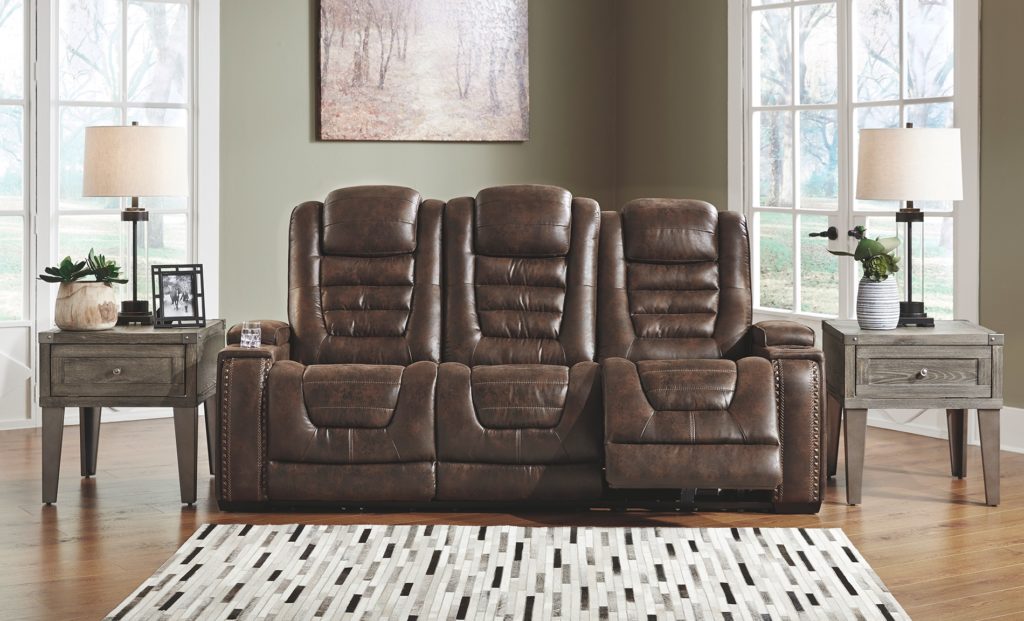



When new, your fabric or leather sofa may be the epitome of perfection. However, after a couple of years, it will start to show its age, especially in the upholstery. Rather than get rid of the whole couch, you could just reupholster it and have it looking good as new. Re-upholstering the sofa is also another way to make sure it matches the décor of that new house you just moved into.
That leaves one major problem. Most of you don’t know how to reupholster a couch with attached cushions. However, that’s what we cover in the guide below. As such, you could breeze through the process by reading and understanding the information we’ve provided.
The first step is to get rid of the old fabric to make way for the new one. To do that, first, flip the whole couch over to expose the underside. After that, you can use a staple puller Trusted Source Staple remover - Wikipedia A staple remover (also known as a destapler) is a device that allows for the quick removal of a staple from a material without causing damage. The best-known form of staple remover, designed for light-gauge staples, consists of two opposing, pivot-mounted pairs of thin, steep wedges and a spring that returns the device to the open position after use. Although a simple metal wedge can be used for the same purpose, and although some staplers (especially small ones about 1.5 inches (3.8 cm) long) feature such a wedge at their hinge end, use of the wedge tends to tear fragile papers. en.wikipedia.org to remove any visible staples holding the fabric and the couch together.
If you can’t locate any staples look for seams and use a seam ripper to get rid of them. Admittedly using scissors to cut through the fabric is a faster way to get rid of it. However, we highly discourage this if you don’t have the right measurements for your fabric. Remember, you can use the old fabric as a reference point for cutting the new one.
Once the fabric is detached on the underside, you can peel it off the rest of the couch. Use the seam ripper to cut through the other seams you come across if necessary.
Once you’re done peeling off the old fabric, it is now time to prepare the new one. However, you still need the old fabric for this part of the process. Rip out all the seams in the old fabric to see the fabric portions used in the original upholstery. After that, use your tape measure to take the measurements.
Order new fabric and cut it into the same measurements as the old one. According to most reviews, the Fiskars Crafts Rotary Cutter is an excellent tool for cutting multiple layers of thick fabric. Also, you can attach the blade for the cutter to match the needs of both right-handed and left-handed users.
With the fabric pieces ready, you can take the next step. Since this is a guide on how to reupholster a couch with attached back cushions, you should focus on the cushions before reupholstering any other part of the sofa. Wrap the fabric pieces around the cushions and make sure you push them into the crack between the cushion and the back of the couch.
Ensure the fabric is fully stretched before you staple it to the wooden frame at the back of the couch. Other people who successfully reupholstered their couches recommend the Stanley TR110 as the staple gun of choice. It uses T-50 heavy-duty staples that are bound to hold the fabric in place until the next re-upholstery appointment. Please note that the deeper you position the staples in the couch’s wooden frame, the better.
In some cases, you’ll have to sew some of the pieces of fabric together before you can drape them over your couch.
Stretch the fabric over the other parts of the couch, including the front, back, and arms. Remember to staple the fabric onto the wooden frame of the sofa as you move along. That said, you need to leave the bottom for last.
When you do get to the bottom, staple the fabric into the wood at regular intervals of four inches or less. After that, you can cut off any remaining pieces of fabric using a pair of scissors.
Also, if you notice signs of wear and tear on the cushions, you can spruce them up a bit. Just add foam padding, cotton batting, or even fiberfill before draping the new fabric over the cushions. Additionally, you should know that the couch will lose volume and start to sag over time. As such, make sure you add as much filling as possible so the sofa can last longer before needing to be redone.
Notably, you shouldn’t jump to reupholster the couch every time you notice a problem. Sometimes all you need is to learn how to remove stains from your upholstery to make the couch look spick and span. Alternatively, you can get slipcovered sofas, making it easier to remove and clean the cover before putting it back. However, if push comes to shove, you now have a step-by-step guide on how to reupholster a couch with attached cushions.
